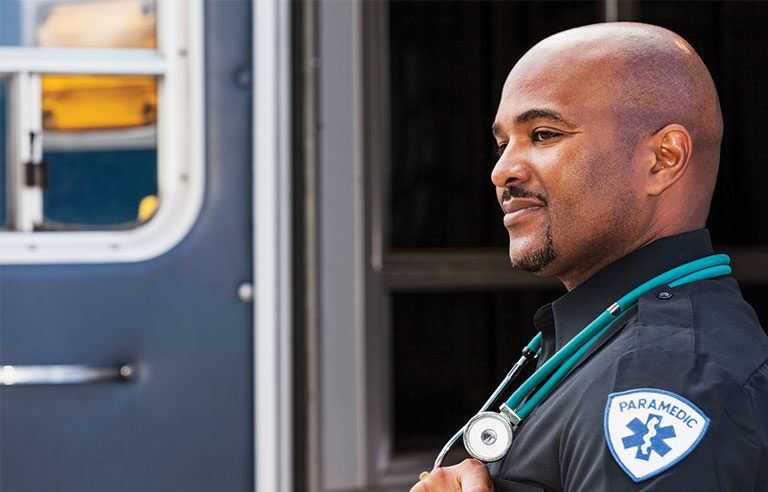New guidelines intended to reduce fatigue among EMS workers

Pittsburgh — The University of Pittsburgh Medical Center and the National Association of State EMS Officials have partnered on a set of guidelines aimed at reducing work-related fatigue among emergency medical services workers.
To help craft the guidelines, researchers reviewed more than 38,000 pieces of literature to present to a panel of experts as evidence of fatigue among EMS workers. Included in the evidence was recent research showing that more than half of EMS workers report severe mental and physical fatigue while at work, subpar sleep quality, and poor recovery between shifts. Half get less than six hours of sleep daily.
The panel used that evidence to make five recommendations for fatigue risk management:
- Use fatigue and sleepiness surveys to measure and keep track of fatigue.
- Limit shifts to less than 24 hours.
- Make caffeine accessible.
- Allow opportunities for on-duty napping.
- Provide education and training on fatigue risk management.
“Fatigue is widespread in EMS and is not isolated to one type of EMS operation or category of EMS clinician,” Daniel Patterson, lead author and assistant professor of emergency medicine at Pitt School of Medicine, said in a Jan. 12 press release. “The administrators of EMS organizations are tasked with creating shift schedules and mitigating threats to safety. Unfortunately, these administrators are not equipped to address fatigue in the workplace, in part because they have no guidance on how to manage fatigue in the workplace.
“Operating an ambulance is dangerous, and fatigue can threaten safe operation of the vehicle. Aside from driving, most of the work EMS clinicians do is patient care, and fatigue can have negative consequences for decision-making abilities and overall performance. The outcomes of fatigue can be devastating for EMS personnel and their patients.”
The guidelines were published online on Jan. 11 in the journal Prehospital Emergency Care.
Post a comment to this article
Safety+Health welcomes comments that promote respectful dialogue. Please stay on topic. Comments that contain personal attacks, profanity or abusive language – or those aggressively promoting products or services – will be removed. We reserve the right to determine which comments violate our comment policy. (Anonymous comments are welcome; merely skip the “name” field in the comment box. An email address is required but will not be included with your comment.)

